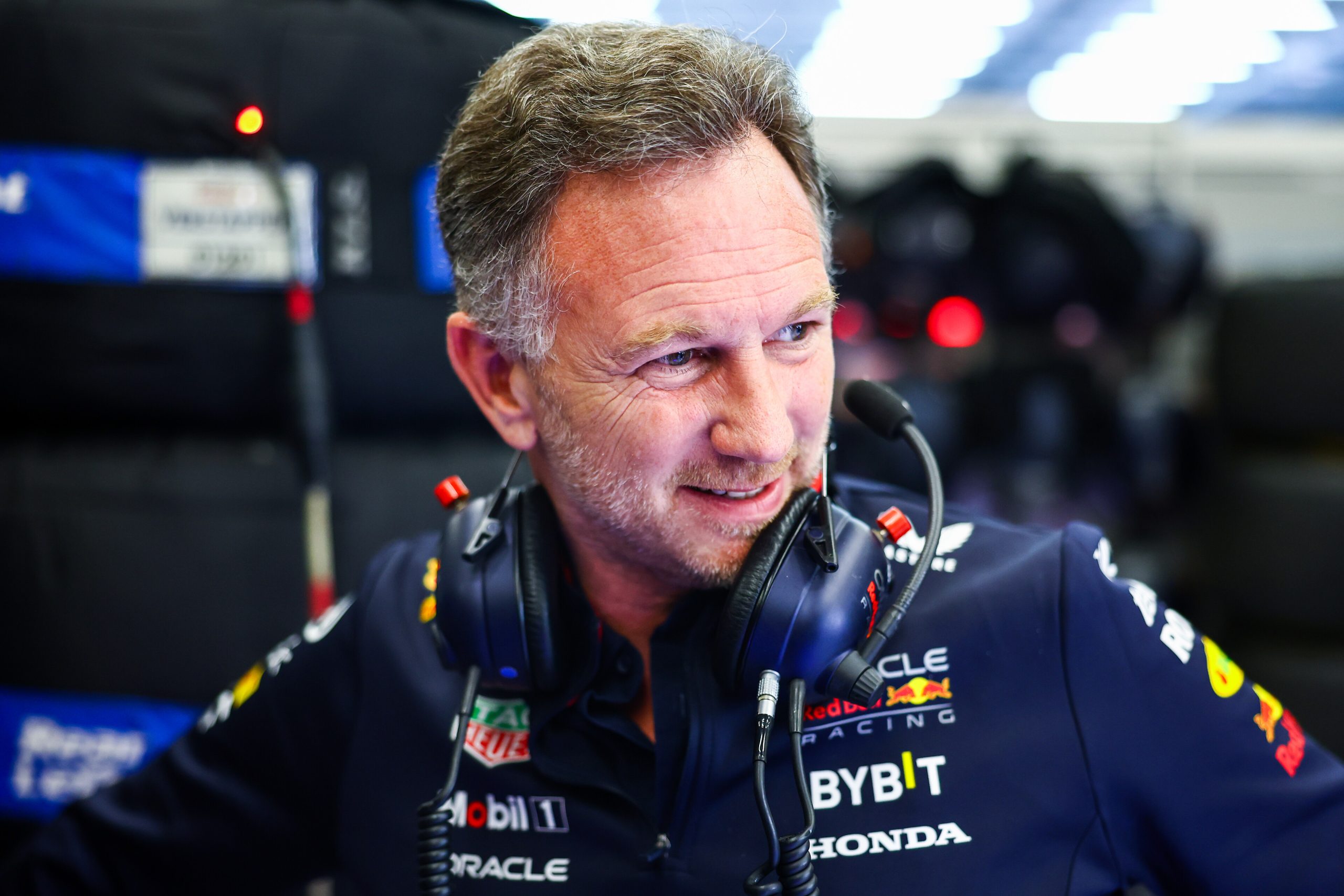Red Bull team principal Christian Horner recently cited the innovative front wing design as a key factor in the performance surge over rivals McLaren and Mercedes.
Horner admitted he had been impressed with Team Papaya’s performance this summer after the reigning world champions suffered a humiliating defeat to McLaren at last weekend’s Dutch Grand Prix despite a superb performance from race winner Lando Norris.
Red Bull’s once overwhelming lead in the Constructors’ Championship is now in serious jeopardy, with their lead over McLaren down to just 30 points with nine races remaining.
But Horner doesn’t think the Bulls have lost their way in this year’s development race. While it’s clear that the team is lacking in this area compared to McLaren and Mercedes, he believes his team has perhaps neglected this area while Red Bull’s rivals have improved their performance in the crucial area of front wing design.
“I think it’s more important where other people have found success,” he said in Zandvoort. “I think the front wing is a key area where other people have found success.”
The front wing and its unique design and structure have been a hot topic this season.
At last month’s Belgian Grand Prix, the FIA stepped up its scrutiny of flexible front wing elements, implementing stricter video checks amid suspicions that Mercedes had overstepped the bounds of the regulations.
Horner highlighted the unique approaches taken by McLaren and Mercedes in this regard.
“I think the way they use their forewings is quite different,” he said.
“If you look at the front wing angles of the McLaren and Mercedes, they are very, very different. Very different to the rest of the grid.
“This means that these teams are innovating in areas that Red Bull didn’t anticipate, and that’s what’s made them competitive recently.
The change in the competitive landscape was evident at Zandvoort last weekend, with McLaren’s Lando Norris’s dominant performance further solidifying McLaren’s claim as the team to beat in recent races. Horner acknowledged this.
“McLaren are setting the benchmark now,” he added. “It’s clear in terms of speed. They’ve done that in the last few races.
“Of course in Hungary it was very competitive. Spa was Mercedes. Here especially Landau was very, very strong.”

©Red Bull
Horner’s comments reflect a recognition that Red Bull must now adapt to the changing competitive landscape and find ways to improve its cars if it is to regain its dominance.
But the British stressed there was no immediate solution.
“They definitely have the fastest car right now,” he concluded. “We have to adapt to that.
“It’s not rocket science, and there are no silver bullets in this business. It’s about understanding the problem, solving the problem, and implementing the solution.”






